About the Fund
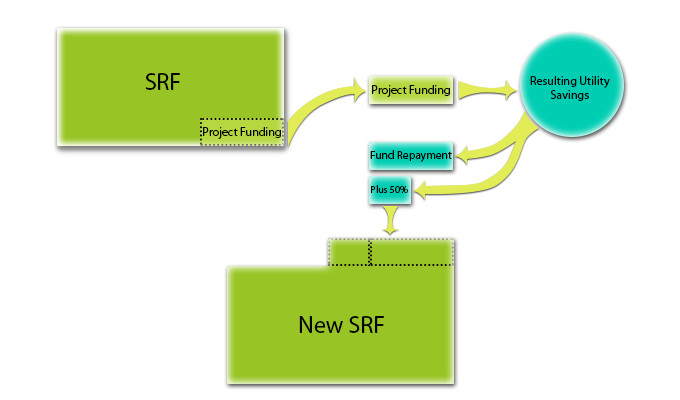
Established in 2014, the Sustainability Revolving Fund (SRF) finances sustainability initiatives at the University of Saskatchewan. Projects that result in utility savings either directly or indirectly through behaviour change on campus are funded.
A revolving fund works by reinvesting cost savings resulting from the project back into the fund. Projects that achieve direct utility or operational savings reinvest the initial funding plus an additional 50% back into the fund. This ensures that the fund will continue to grow and be financed by its own efforts.
Revolving funds have yielded substantial returns for North American universities and colleges invested in expanding sustainability initiatives. The University of Saskatchewan has joined more than 70 of these institutions in the Billion Dollar Green Challenge, which has pushed many academic institutions to create self-managed revolving funds to implement cost-saving sustainability projects on their campuses.
Quick Facts
- Established in 2014
- 23 projects approved to date
- Over $1.6 million committed
- ~ $536,000 in annual utility savings
- Average project payback period of 3-5 years
Who Can Apply
Any student, staff, or faculty within any academic or administrative unit of the University of Saskatchewan may apply to the SRF to fund a sustainability-related project. Building projects must be associated with a building owned by the university, while activity initiatives must be associated with university-controlled activities.
What Projects Are Eligible?
Projects considered for the fund typically range between $1,000 and $250,000. Sustainability initiatives, projects, or programs funded by the SRF must achieve one or more of the following:
- Advances the university's sustainability performance in at least one of these areas:
- Education,
- Operations,
- Community Engagement, or
- Governance;
- Aligns with the university's Campus Sustainability Plan and/or Climate Action Plan;
- Directly or indirectly reduces utility and other operating costs;
- Reduces the university's environmental impacts;
- Reduces demands on the university's facilities and infrastructure; or
- Provides a stepping-stone for future sustainability improvements.
Application Process
1. Review the SRF Terms of Reference
2. Complete and Submit an Application Form
Funded Projects
Replacing water aspirators with electric vacuum pumps in labs significantly reduces water consumption. Vacuum pumps are benchtop equipment used to provide suction for aspiration or filtration in a lab setting.
Annual cost savings: $25,000
Annual water savings: 7,674,000 L
This project replaces urinals in the Engineering, Physics, Thorvaldson, and Edwards Buildings with updated low-flow fixtures.
Annual cost savings: $77,000
Annual water savings: 6,105,480 gallons
Updating central copiers across campus to new, more efficient models reduces energy consumption. These new models use les energy when running and also in hibernation mode. They also go into hibernation model more often.
Additional updates to print software for scan-to-email and secure printing capabilities reduces overall pages printed and also eliminates the need for individual desktop printers. When staff and faculty use the multi-function printers, additional software setting enable further sustainability and cost reductions by controlling double-sided printing, and black and white defaults.
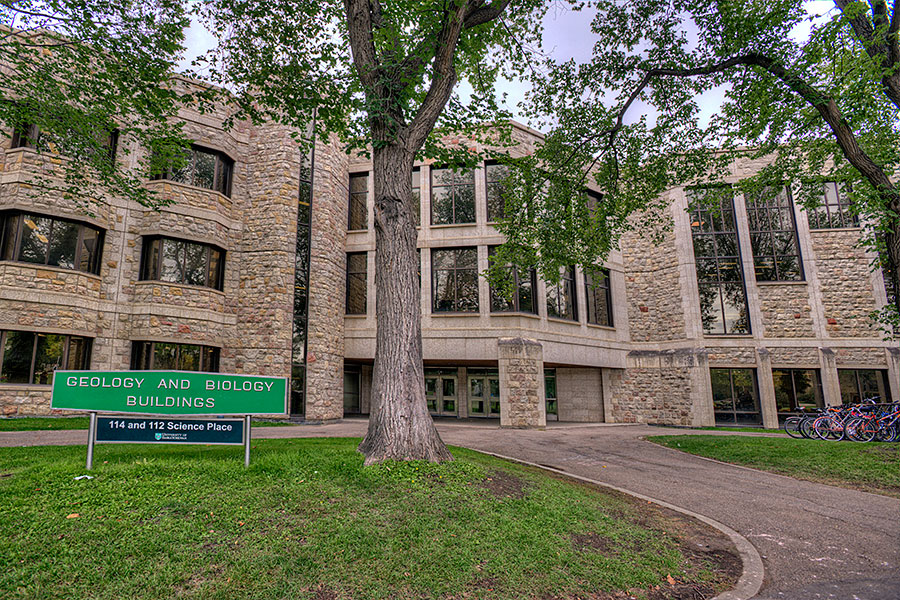
This project is replacing toilet and urinals in the Geology Building. Updated toilet fixtures will lower water usage each time they are used. Urinals will have ECO-P sensors installed that allows a typical fill and flush tank urinal to flush only after activation. Normally tank type urinals flush every 20min regardless of use 24/7.
Anticipated Overall Water Savings: 48% of existing use
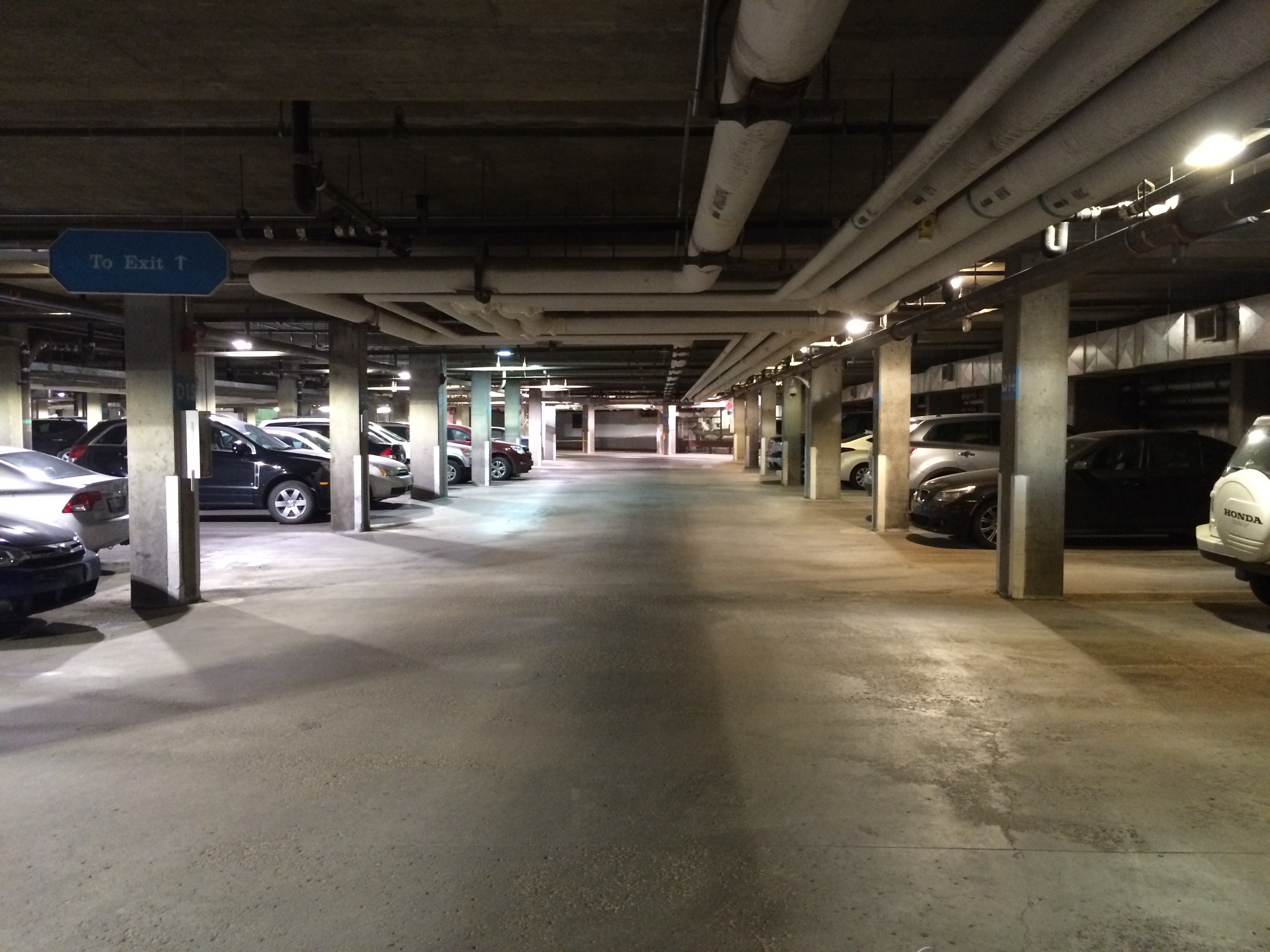
This project replaced the existing HI Pressure Sodium lighting fixtures in the Agriculture Parkade with LED lighting. LED lighting will save energy and also provides a brighter, more evenly light space and has increased safety of the facility. A reduction in maintenance due the extended life cycle of the fixtures also provided operating cost savings.
Expected Annual Energy Cost Savings: $5,000
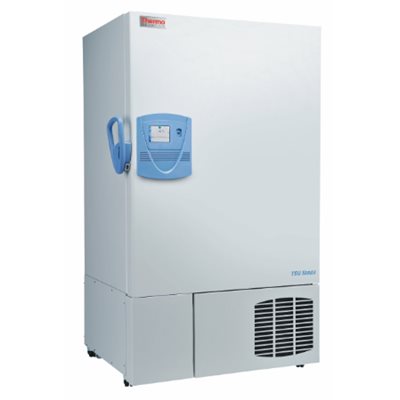
Ultra-low temperature freezers are used in labs to store specimens at -80oC. Older models use about 12,600 KWh annually and energy efficient models, that use ¼ of the energy are now available. With this funding, the Office of Sustainability is coordinating a ULT freezer rebate program that will provide an incentive for labs to switch out old freezers with energy efficient models.
Annual Energy Cost Savings of Freezer Replacement: $1,000
A flow cytometer is a piece of lab equipment used in cancer research to analyze cell components. Older models are less efficient and emit a significant amount of heat, causing HVAC systems to compensate. This funding contributed to the replacement of an older flow cytometer and will result in energy savings for the university.
Annual Energy Cost Savings: $400
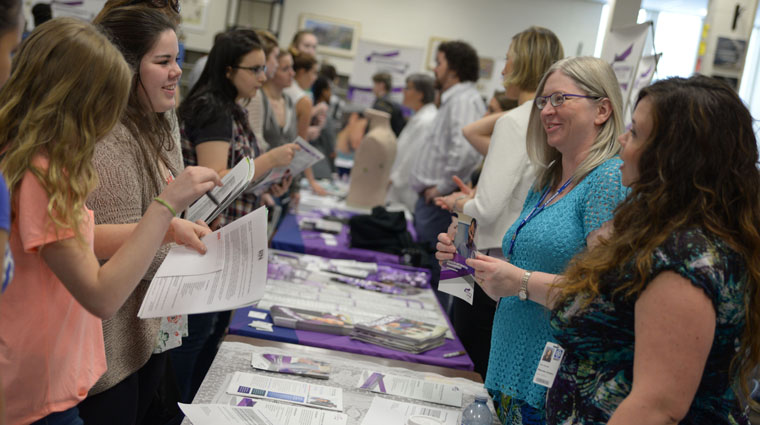
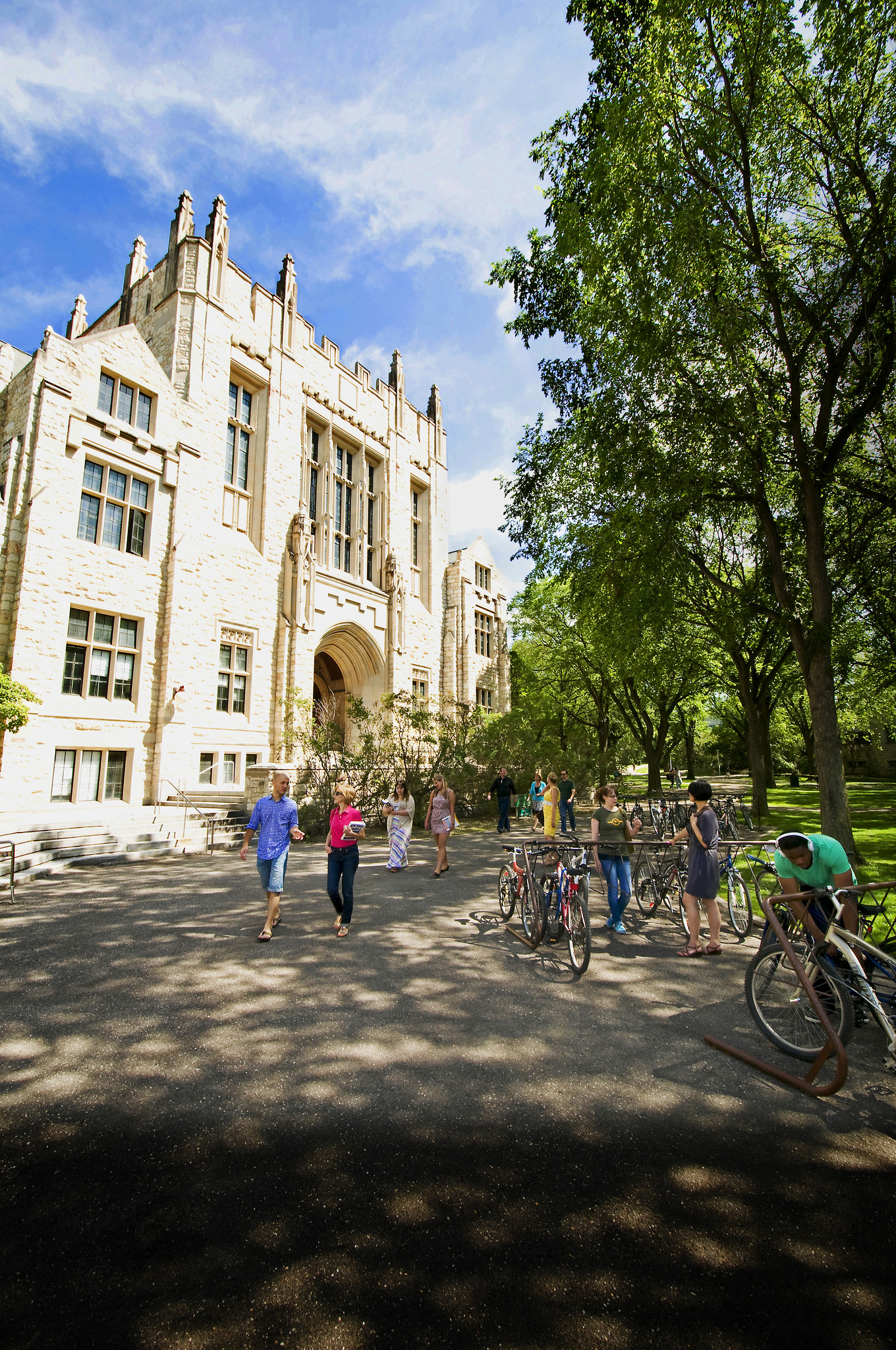
Water cooled air-conditioning units use enormous amounts of water to cool buildings. This project entailed removing 3 of these older units and replacing them with more efficient equipment.
Annual Water Cost Savings: $21,000
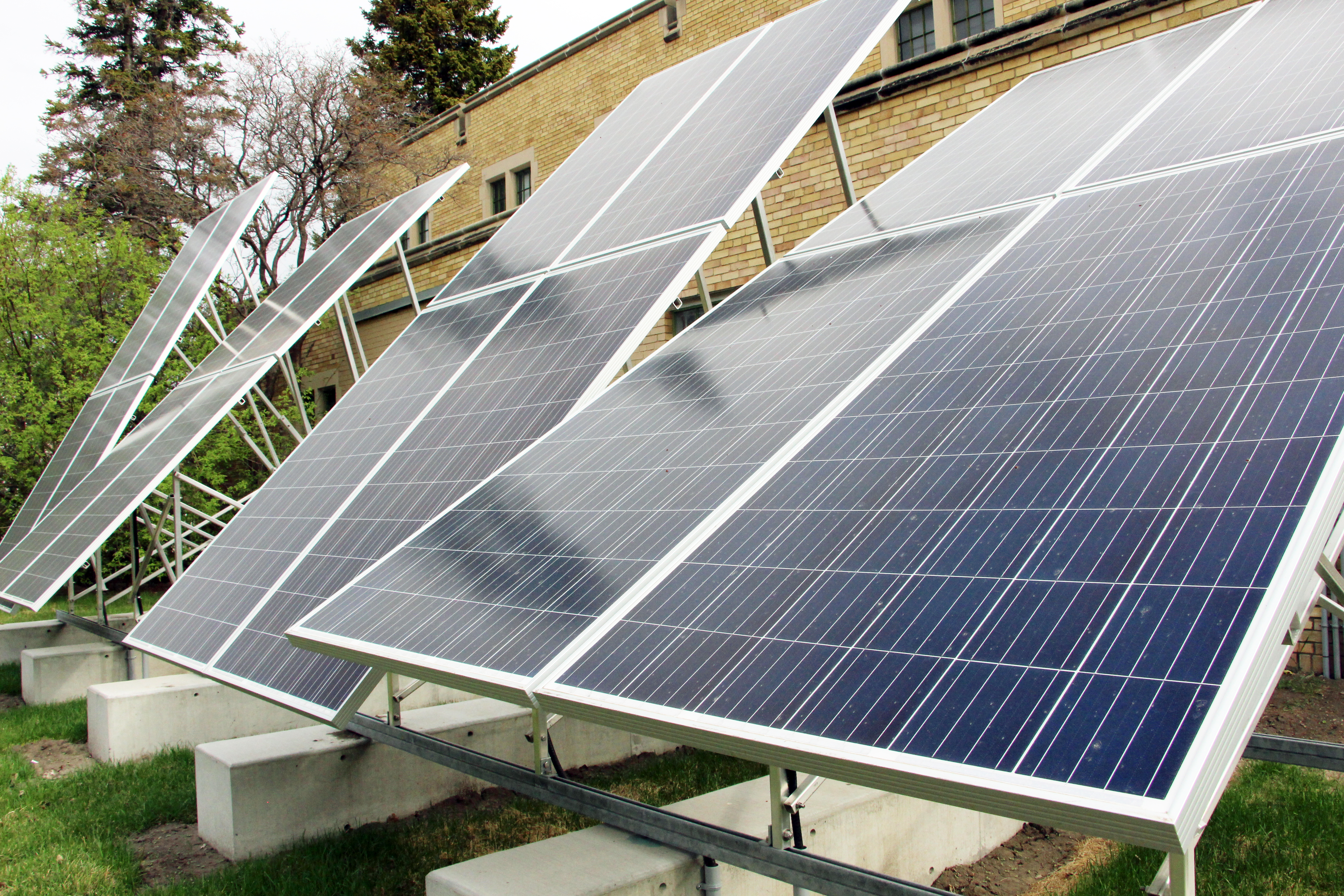
This solar panel project was proposed by a group of students as part of their ENVS 401 Sustainability in Action course. The panels serve as an educational tool supporting course work and student groups learning about renewable energy.
Annual Electricity Savings: $500
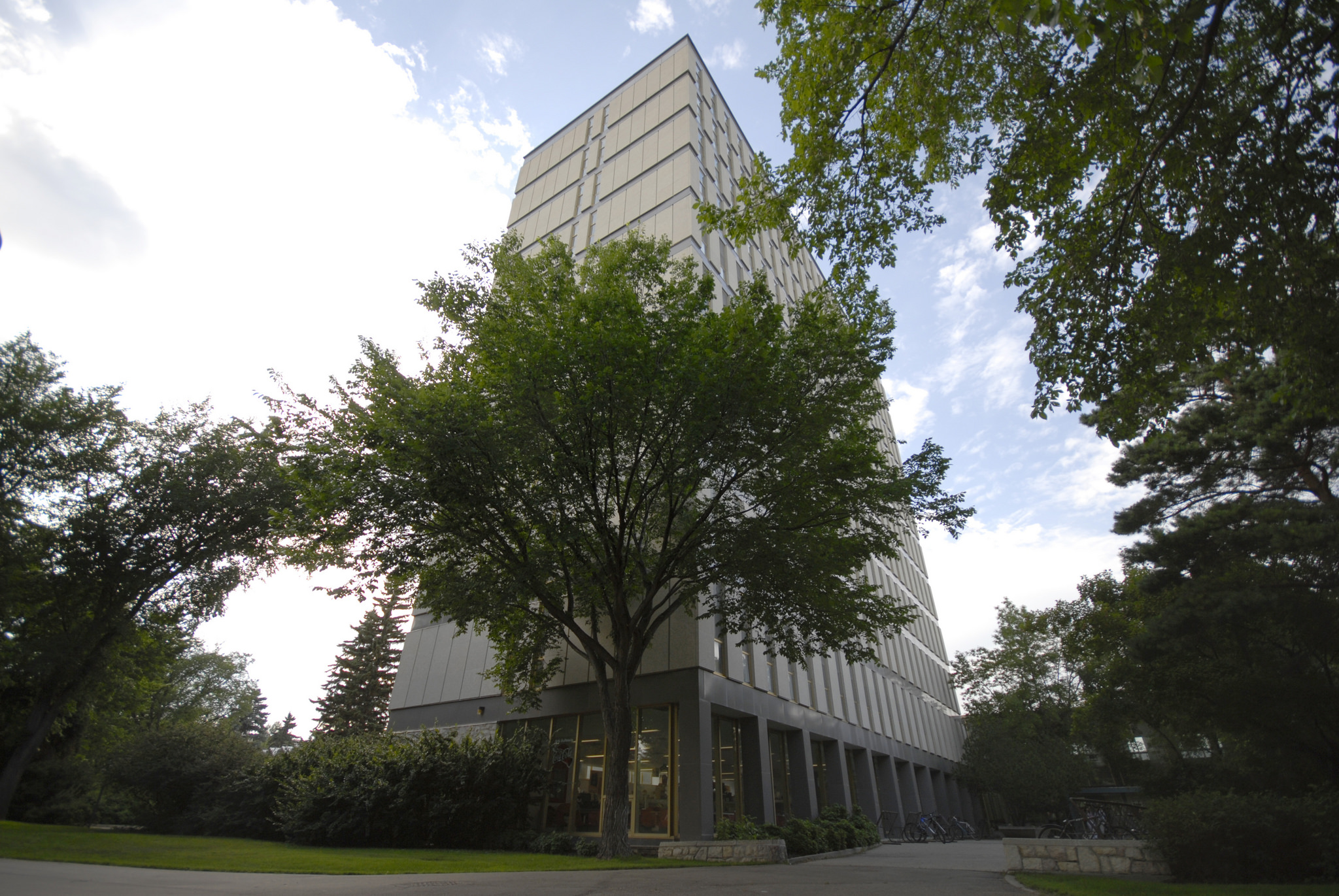
This project replaced old toilets and urinals in the Arts Building with updated low-flow fixtures. Sinks were also upgraded with aerators.
Annual Water Use Reduction: 6,230,000 L
Annual Water Cost Savings: $19,000
Our campus has a central heating plant that distributes steam heat to buildings on campus. Heat loss occurs from steam pipes where connections and valves are exposed. The installation of reusable insulation jackets improves energy efficiency while still allowing workers to access equipment for maintenance when needed.
Annual Energy Cost Savings: $8,140
This program provides financial incentive to replace outdated, inefficient laboratory and residential refrigerators and freezers with newer models. The program provides incentives the purchase of twenty new, high-efficiency units.
Annual Electricity Cost Savings: $100-$200 per fridge
This project—which is also a part of the Energy Action Plan—is funding the replacement of outdated fluorescent bulbs with energy efficient LED bulbs. Approximately 75,000 bulbs are being replaced across campus.
Annual Electricity Cost Savings: $300,000
The E-Wing of the Health Sciences building hosts a thermal solar panel on its roof that provides hot water to the building. This project will enhance the efficiency of the current system by installing a switch and a setting that reduces the circulation of this water overnight when the building is unoccupied.
Annual Steam Heating Cost Savings: $3,000
Annual Electricity Cost Savings: $200
This project removed incandescent lighting and most of the fixtures in the Animal Care Unit in Veterinary Medicine. Lighting was replaced with LED fixtures and lamps. This project was done in conjunction with the Energy Action Plan.
Annual Electrical Cost Savings: $2,000
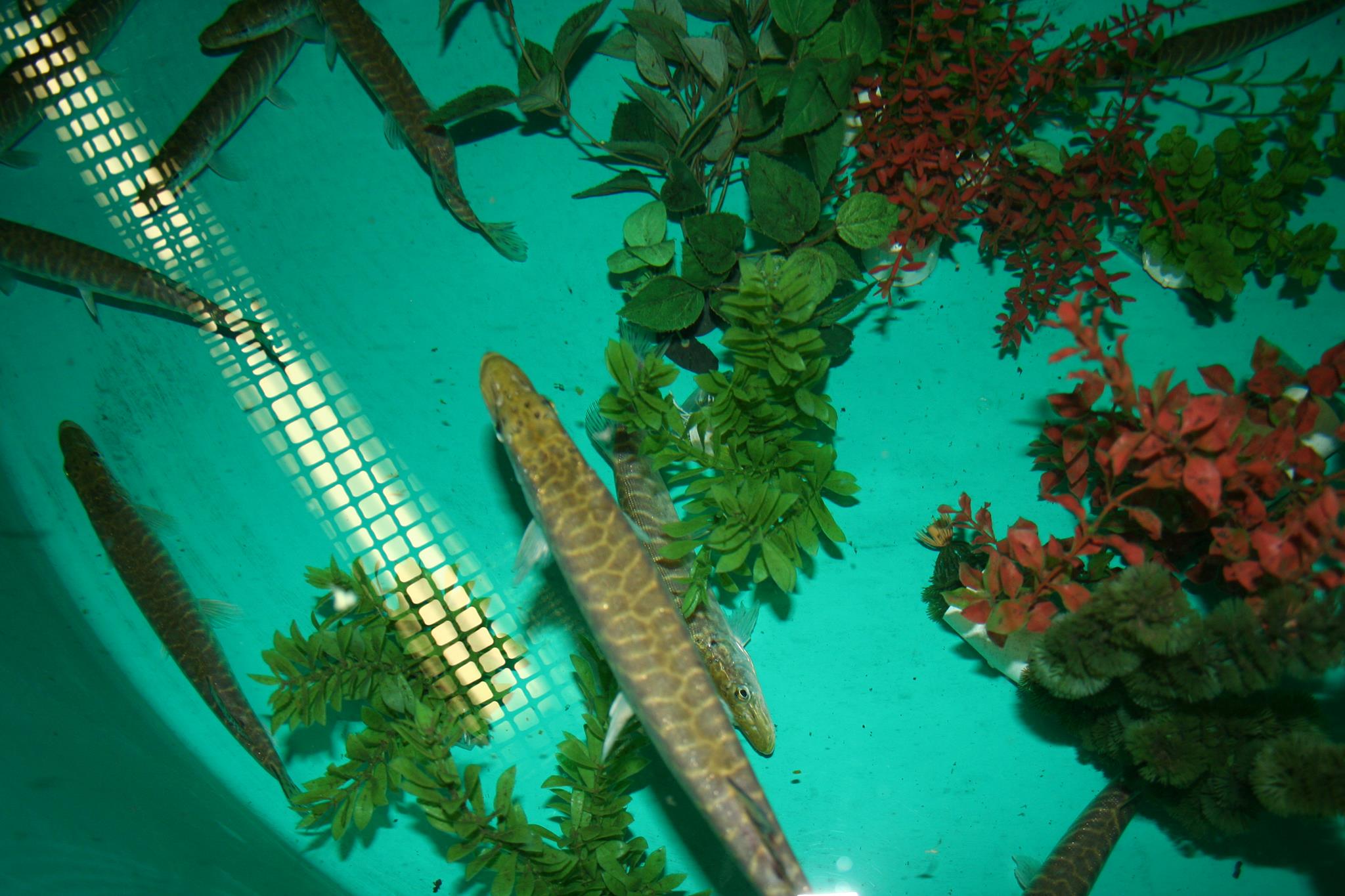
The fish lab in Toxicology needed a new chiller installed. This equipment cools water needed to supply fish tanks used for research. The SRF provided funding to cover the difference between a standard chiller and a higher efficiency option.
Annual Energy Cost Savings: $8,000
The Geology Trace Element Lab has several fume hoods and air exhausts that operate 24/7. This type of system requires a substantial amount of energy which is used to heat or cool air to room temperature before it is passed through the room. A heat reclaim coil will be installed into this system to transfer heat from the exhaust to the supply air, reducing overall energy use.
Annual Energy Cost Savings: $10,000